Costa Rican Gallo Pinto Recipe
This post may contain affiliate links.
This Costa Rican gallo pinto recipe is a traditional Costa Rican dish served at breakfast alongside eggs, coffee, and homemade tortillas. We combine black beans and white rice with red bell pepper, cilantro, onion and Salsa Lizano. Perfectly pura vida!
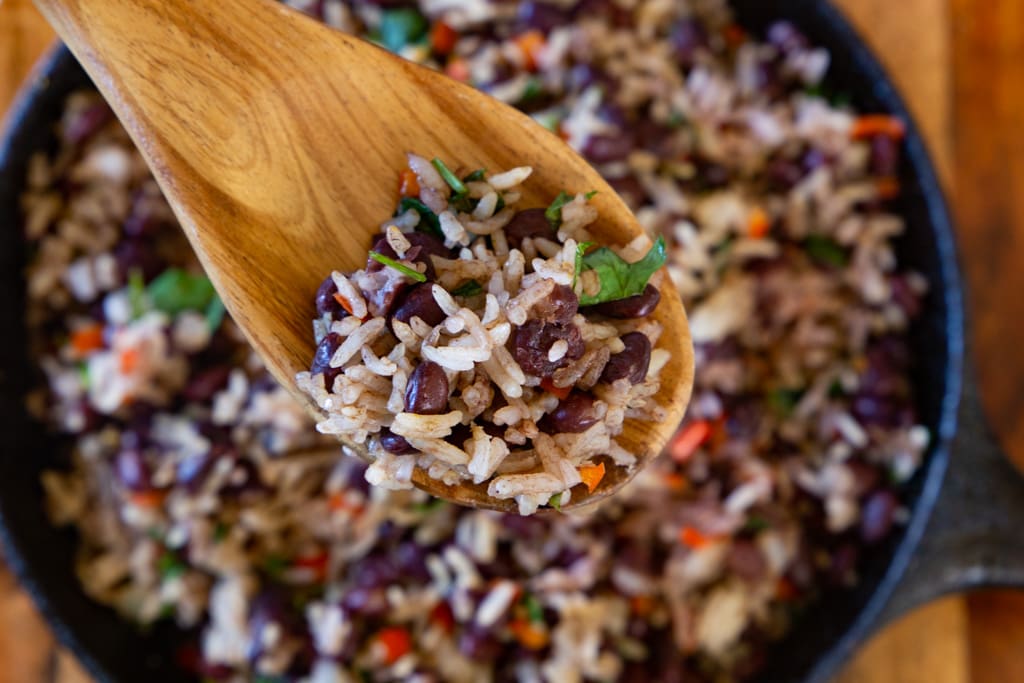
About This Recipe
Costa Rican gallo pinto, which literally translates to “spotted rooster” is the national dish of Costa Rica. While served at any time of day, you will most likely find this dish on the Costa Rican breakfast menu. This dish is Costa Rican rice and beans at their finest,and the speckled appearance of the dish lends itself to the name.
Gallo pinto is a mix of beans, rice, Salsa Lizano, chopped onion, chopped red bell pepper, and chopped cilantro. We usually serve it alongside a fried egg, ripe fried plantains, white cheese and homemade tortillas or a piece of toast. You may find sour cream (natilla), avocado slices or a bit of hot sauce on your table too.
Gallo Pinto was born out of necessity- many times rice and beans were leftover from the day before and people needed to get out the door quickly to work in the fields. Gallo pinto provides the perfect solution- a way to use up yesterday’s rice and beans for a hearty and filling breakfast.
For this recipe, I highly recommend you use day-old rice, leftover beans, and Lizano sauce. You’ll just chop a few vegetables for the sofrito, and you’ll have a perfectly authentic gallo pinto.
The origin of gallo pinto is uncertain, but the legend goes like this: a small farm owner in Costa Rica invited people over for a party. So many people came to the party that he couldn’t feed them all with the food that he had prepared in advance.
He went into his house and grabbed some rice and beans and mixed them together. He had a simple rice and bean dish that everyone loved, and thus gallo pinto was born.
This version of events is highly disputed in Central America, as there is also Nicaraguan gallo pinto. Everyone argues over which country actually invented gallo pinto, but I, of course, believe it was born in Costa Rica.
A note on Salsa Lizano if you haven’t heard of it. It’s the national sauce of Costa Rica and is often compared to Worcestershire sauce.
I think Salsa Lizano has a slightly more bitter flavor, and it definitely has a thicker texture. You can’t usually find it at local grocery stores, but you can sometimes find it in Hispanic grocery stores- especially those specializing in Central American products.
Worcestershire is a good substitute for the Salsa Lizano, but now that you can order Salsa Lizano on Amazon and it come pretty quickly, I’d say that if you plan ahead a bit, you’ll find this special sauce is worth waiting for. It really makes the dish unique and special.
Related post: What Is Salsa Lizano From Costa Rica
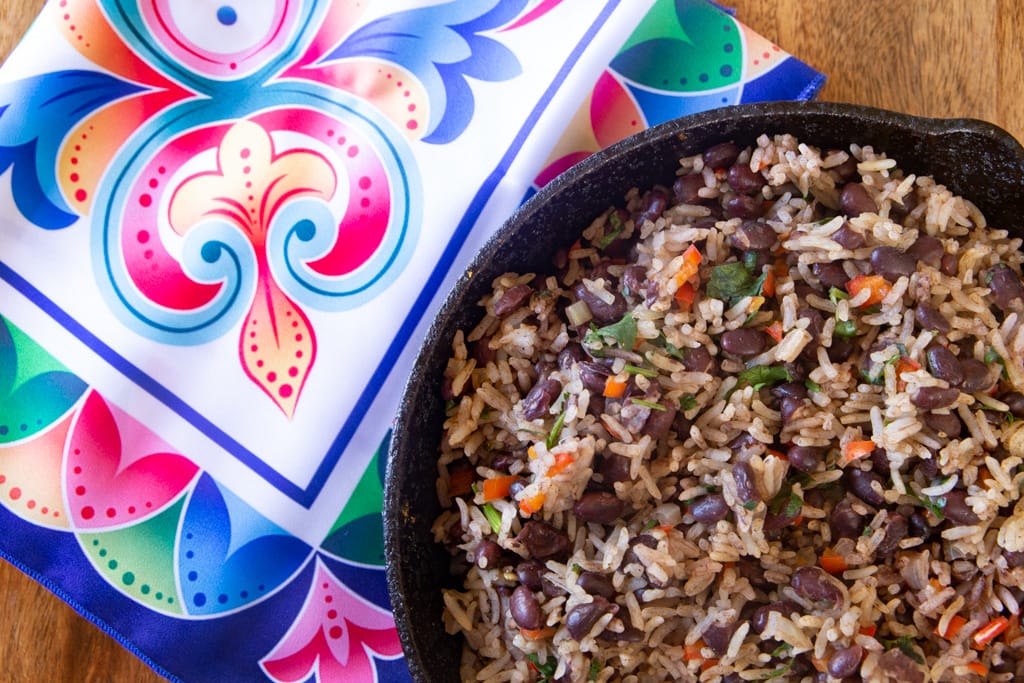
Lovingly called “pinto” for short, you can also find this dish on lunch and dinner menus alongside freshly braised meat. Sometimes we substitute gallo pinto for rice and beans in a Costa Rican casado.
Basically, if you visit Costa Rica and don’t see gallo pinto- you might want to check if you went to the right country. If you are headed to the Caribbean side, don’t miss the traditional Rice and Beans dish made with coconut milk!
Gallo Pinto Recipe – Costa Rica
Ingredients (printable recipe below)
cooked day-old white rice
cooked day-old black or red beans (can use canned beans)
bean broth or water
yellow onion
red pepper
cilantro
bottle of Salsa Lizano
sea salt
vegetable oil or olive oil
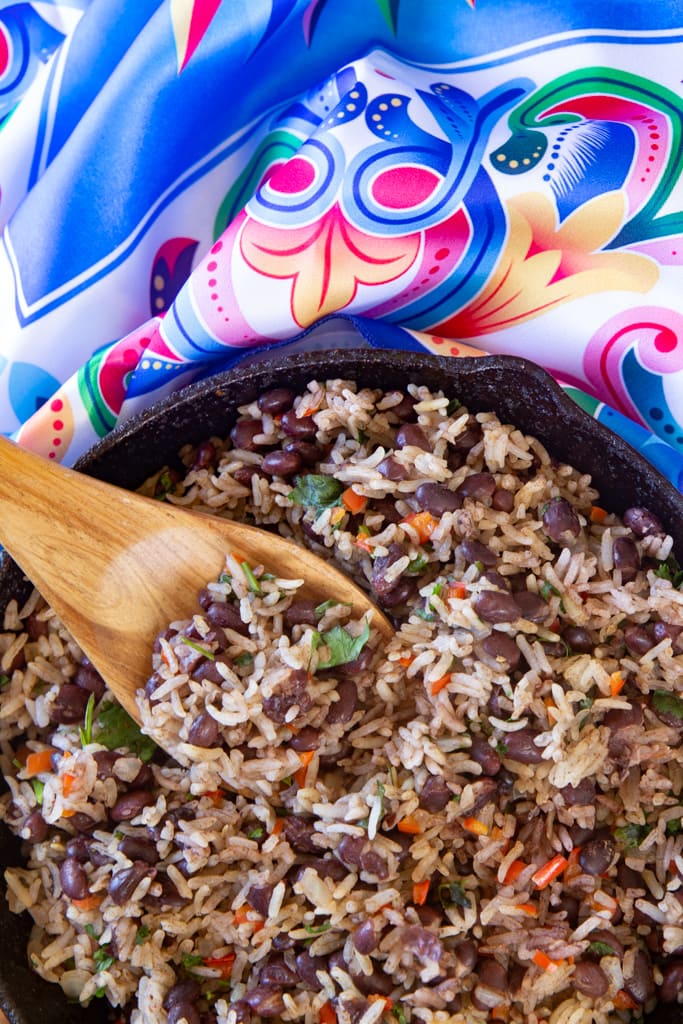
How To Make Gallo Pinto
(These instructions assume you have already done the first two steps- cook the rice and beans ahead of time.)
Heat oil in a large skillet over medium heat. Add onion, pepper, and salt. Lightly cook until the onion is translucent. You have just made sofrito!
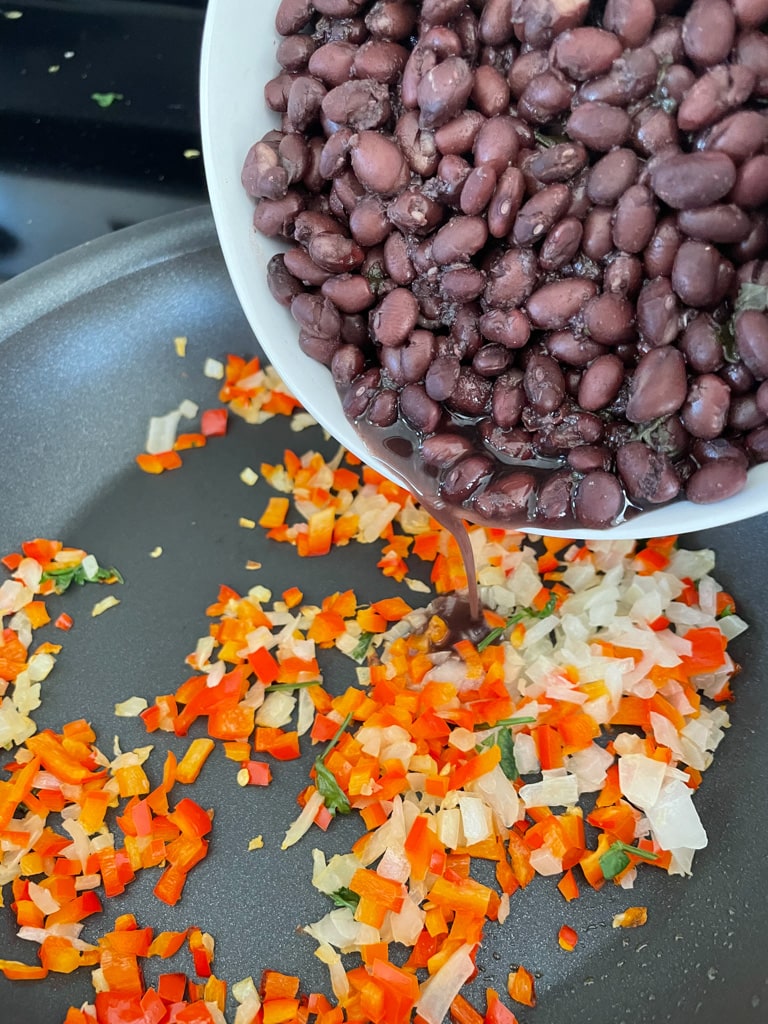
Add the beans with broth and toss with the chopped vegetables and oil.
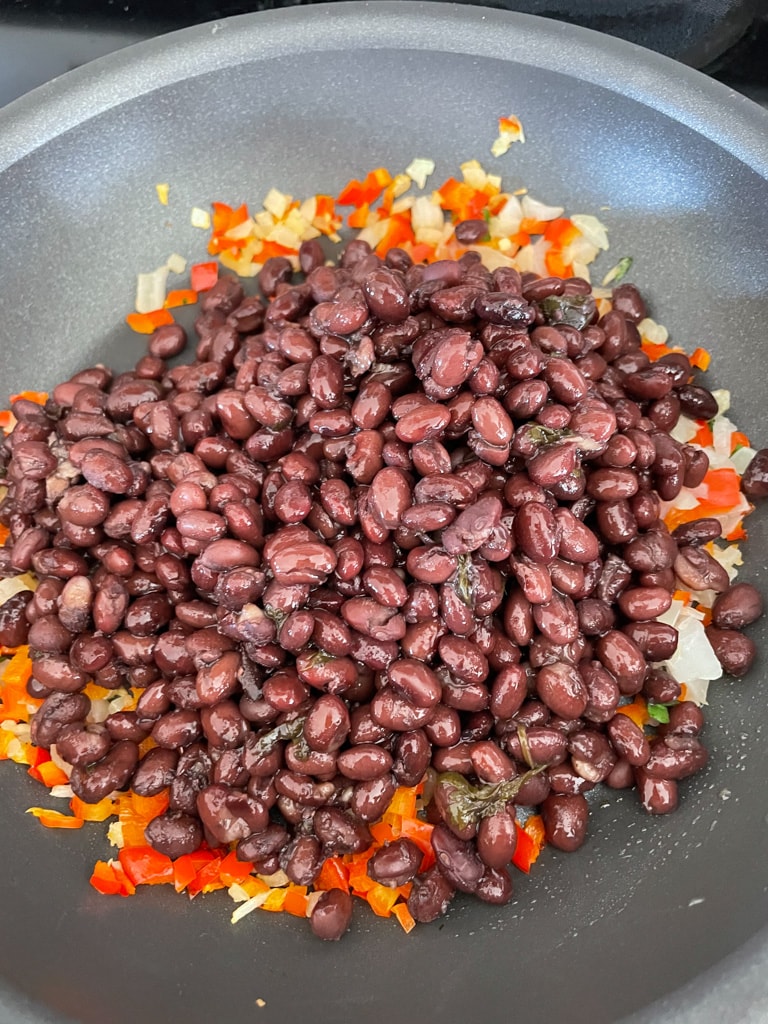
Add the rice (cooked) to the skillet.
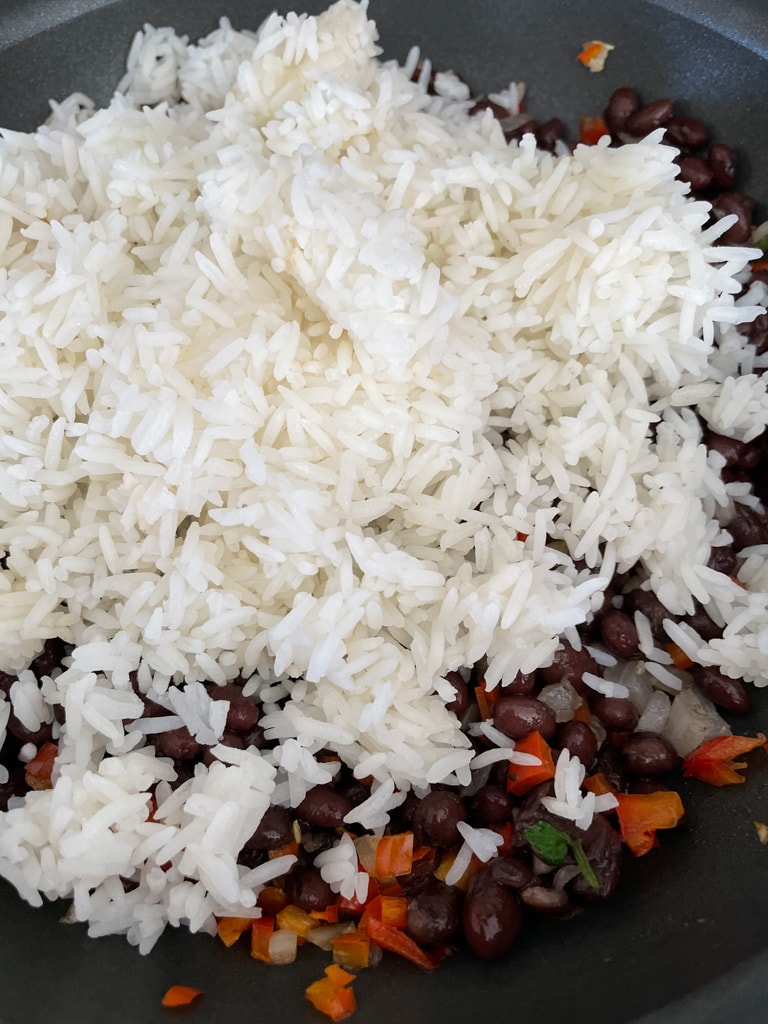
Toss until well combined with the beans and spices.
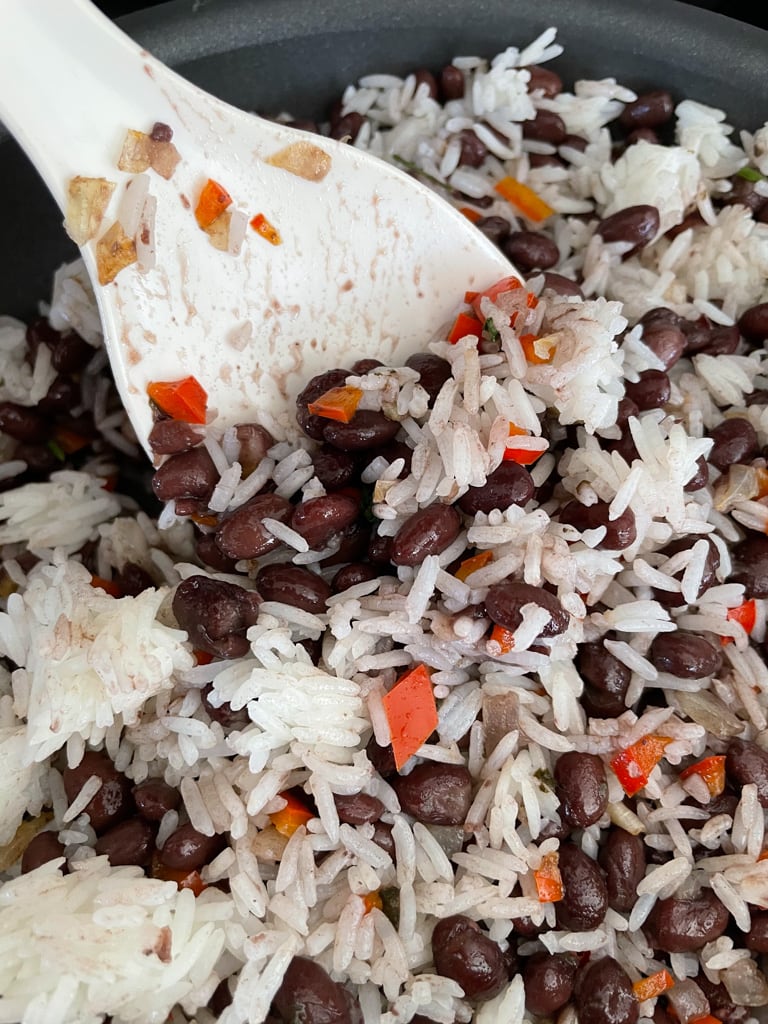
Add the cilantro and lightly toss.
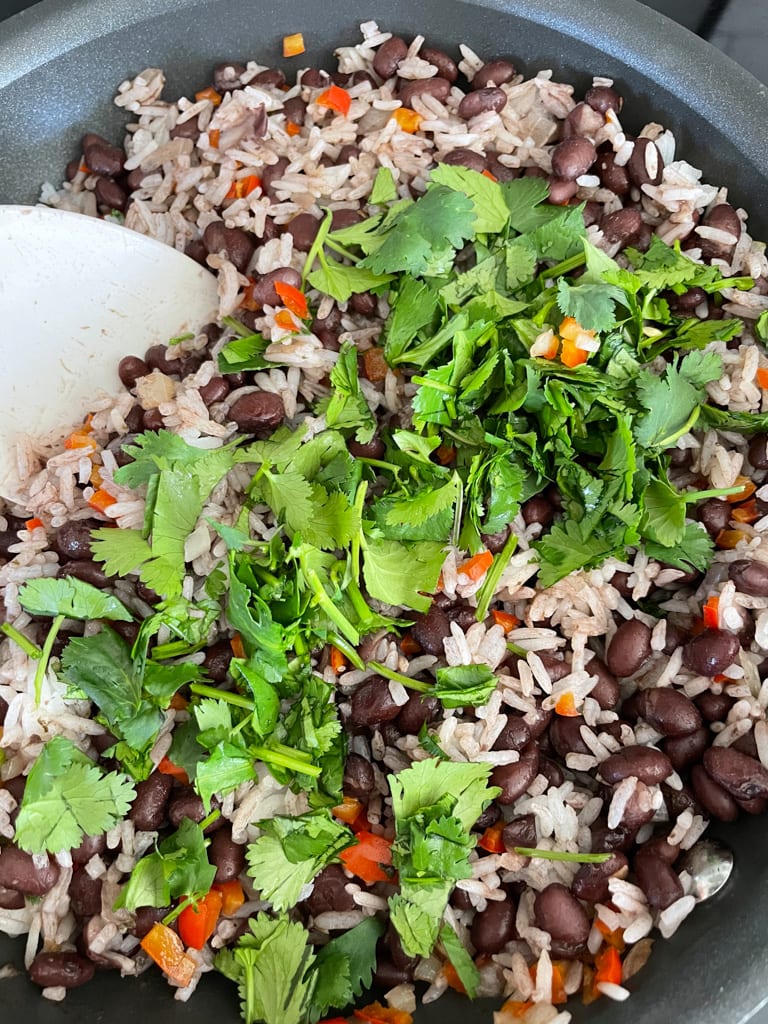
Heat thoroughly and add the Salsa Lizano.
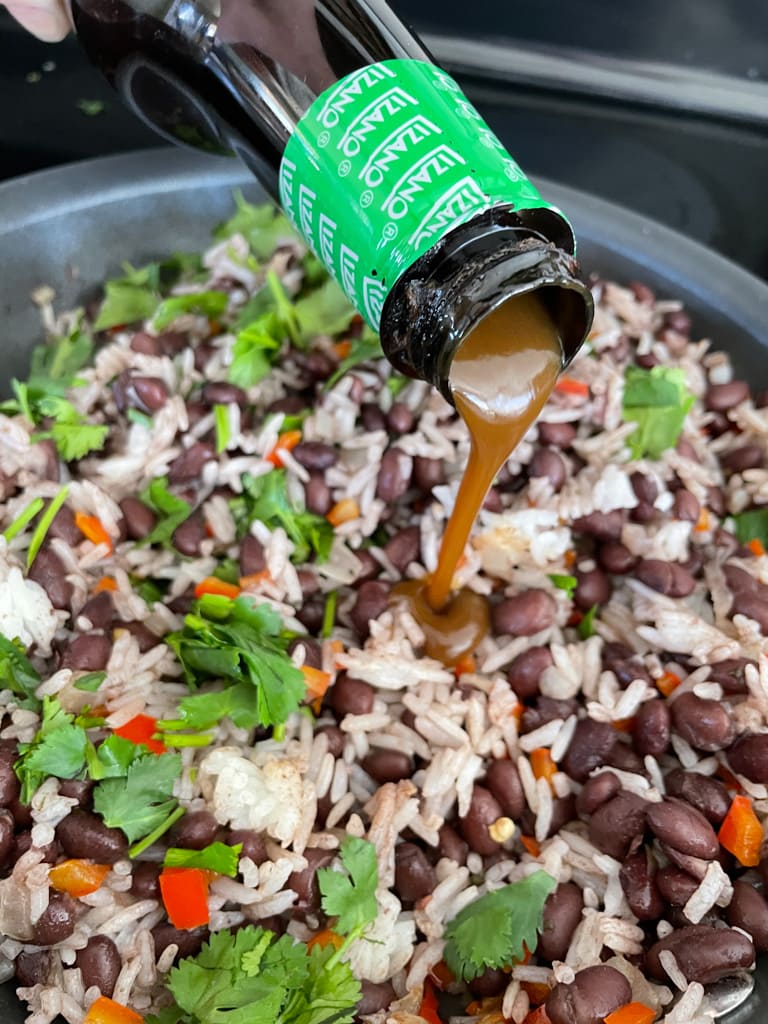
Mix again and then serve- preferably with fried eggs, warm corn tortillas and a hot cup of Costa Rican coffee or agua dulce.
Notes
Once I tried to add garlic to our gallo pinto and my Costa Rican husband was scandalized- scandalized. Don’t do that. It gives you bad breath in the morning!
Many non-Costa Ricans lament how long it takes to make this dish because they try to make the rice and beans and then the pinto. Trust me- you want to make this with leftover rice and beans or it becomes a whole-day process.

Join me over at my favorite place- Instagram.
Substitutions
You can substitute canned black beans for the fresh. Just cut the amount of salt in half unless using low sodium beans.
We often substitute red beans or red kidney beans for the black- you can do freshly cooked or canned.
Some people say you can just substitute Worcestershire sauce for the Salsa Lizano. I think it’s totally different, but if you can’t get Lizano in time, go on and give it a try.
Variations
Note that if you travel to the Caribbean side of Costa Rica you can expect to find the a similar dish called called “Rice and Beans.” It’s not the same as pinto because it’s made with coconut milk instead of Salsa Lizano. It’s delish and a bit spicy.
Gallo pinto usually uses black beans, but in recent years red beans (or kidney beans) have become more popular. You’ll often see gallo pinto with red beans, and you can feel free to substitute for a slightly different flavor.
Serving Suggestions
We serve this with fresh white cheese slices (Costa Rican cheese isn’t available in most of the US, but you can use a Mexican queso fresco and it will be very similar.)
We eat this with fresh corn tortillas, natilla (sour cream), freshly fried sweet plantains and fried or scrambled eggs.
I love to eat gallo pinto with our favorite shredded beef in red sauce.
Other popular traditional Costa Rican recipes:
- Costa Rican Shrimp and Rice Recipe
- Costa Rican Arroz con Pollo Recipe
- Costa Rican Vegetable Beef Stew Recipe – Olla Carne
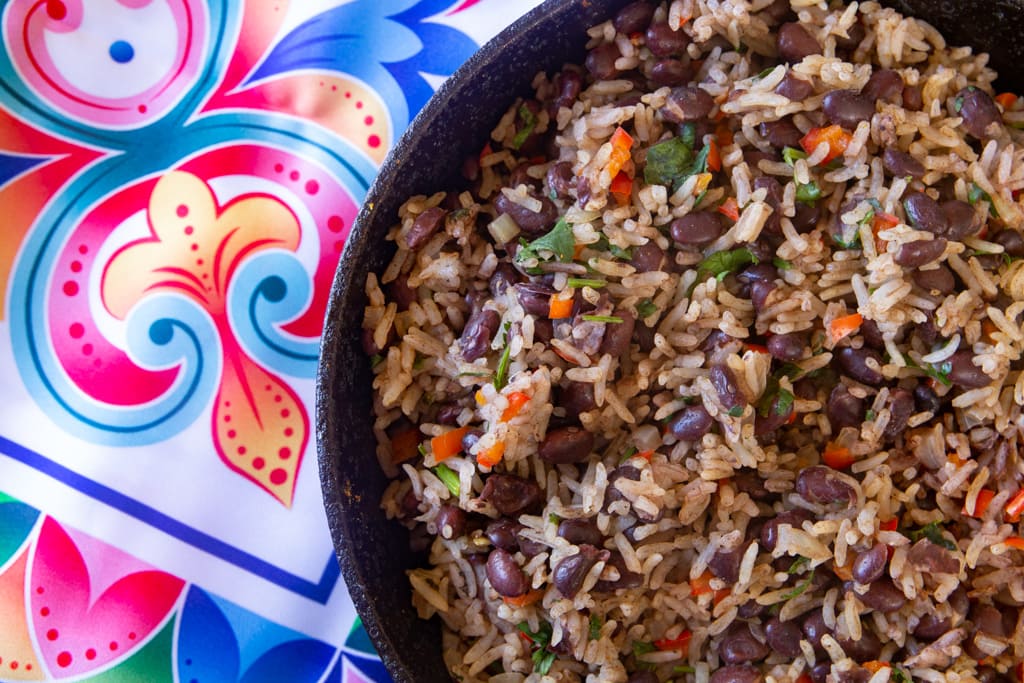
FAQ
Can I make gallo pinto ahead of time?
Yes. You can then heat in the microwave or on the stovetop.
What does gallo pinto consist of?
Gallo pinto is just black beans and white rice tossed together with vegetables and Salsa Lizano. It has the name gallo pinto because it resembles a “spotted rooster” and is an integral part of traditional Costa Rican food.
Is gallo pinto healthy?
Gallo pinto is incredibly healthy- some people say that rice and beans together make the perfect food. This dish is high in antioxidants, protein and fiber.
What is Costa Rica’s national dish?
Gallo pinto, which literally translates to “spotted rooster” is the national dish of Costa Rica. It can be served at any time of day, but is most often found as a breakfast dish. It is served alongside eggs, plantains, fresh cheese and tortillas. Often a slice of avocado will accompany the meal.
Printable Recipe
Costa Rican Gallo Pinto Recipe
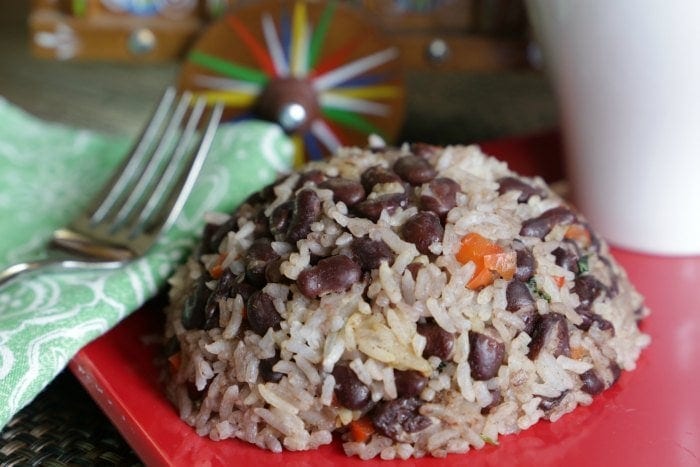
This Costa Rican gallo pinto recipe is traditionally served at breakfast alongside eggs, coffee and tortillas. We combine black beans and white rice with red bell pepper, cilantro, onion and Salsa Lizano. Perfectly pura vida.
Ingredients
- 2 cups cooked white rice
- 2 cups cooked black or red beans
- 1/4 cup bean broth or water
- 1/4 cup yellow onion finely chopped
- 1/4 cup red pepper finely chopped
- 1/8 cup finely chopped cilantro leaves
- 1 tbsp Salsa Lizano
- 1 tsp sea salt
- 2 tsp vegetable oil
Instructions
- (These instructions assume you have already done the first two steps- cook the rice and beans ahead of time.)
- Heat oil in a large skillet over medium heat. Add onion, pepper, cilantro and salt. Lightly cook until the onion is translucent. You have just made sofrito!
- Add the beans with broth and toss with the spices and oil. Add the Salsa Lizano.
- Add the cooked rice to the skillet and toss until well combined with the beans and spices. Heat thoroughly and serve- preferably with fried eggs, warm corn tortillas and a hot cup of Costa Rican coffee!
Notes
Once I tried to add garlic to our gallo pinto and my Costa Rican husband was scandalized- scandalized. Don't do that. It gives you bad breath in the morning, apparently.
Recommended Products
As an Amazon Associate and member of other affiliate programs, I earn from qualifying purchases.
Nutrition Information:
Yield:
4Serving Size:
1Amount Per Serving: Calories: 281Total Fat: 4gSaturated Fat: 0gTrans Fat: 0gUnsaturated Fat: 3gCholesterol: 2mgSodium: 704mgCarbohydrates: 49gFiber: 7gSugar: 3gProtein: 13g
Please double-check with your favorite nutrition calculator.
Don’t forget to Pin it!
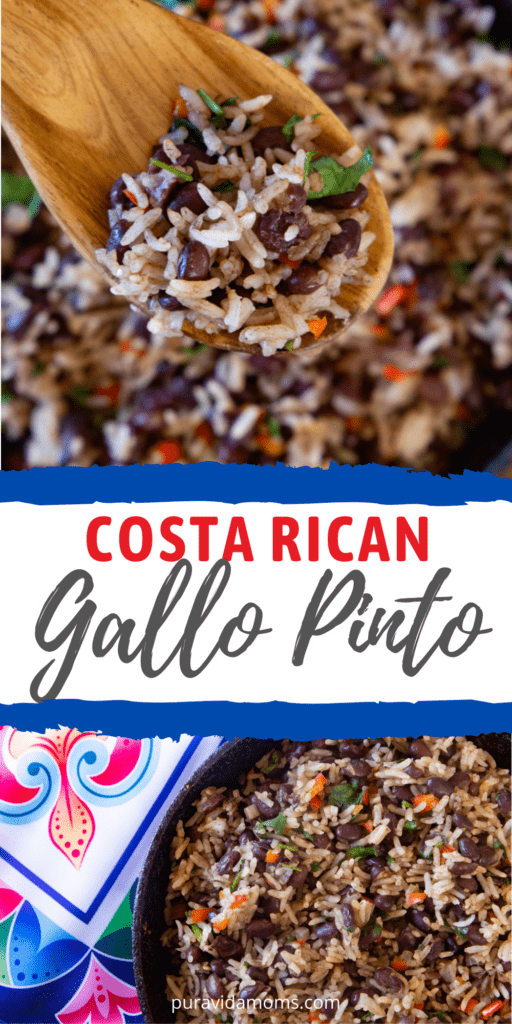
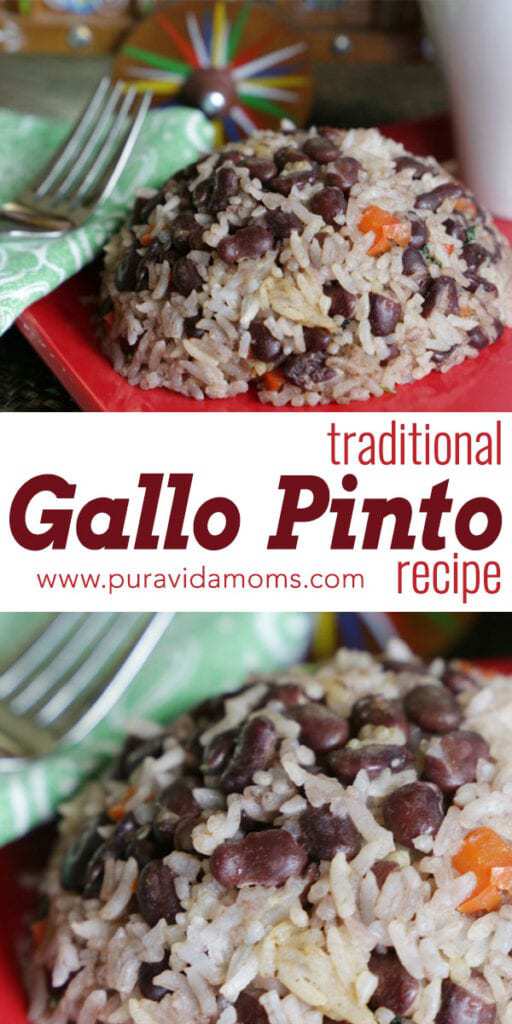
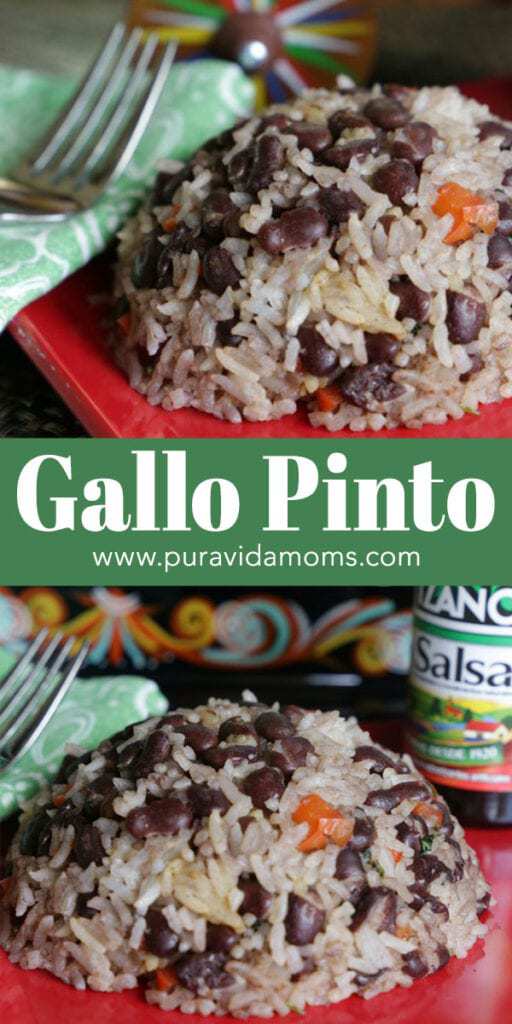
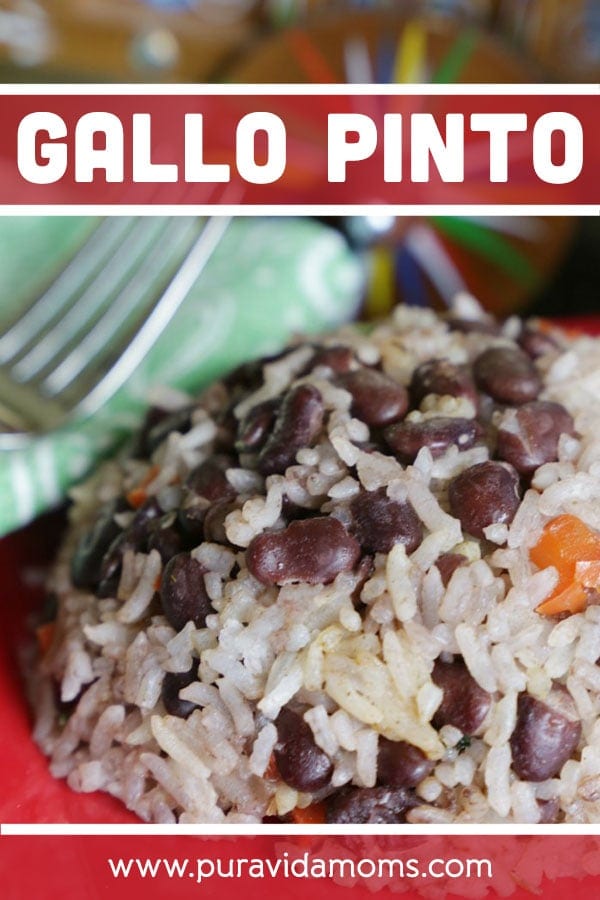
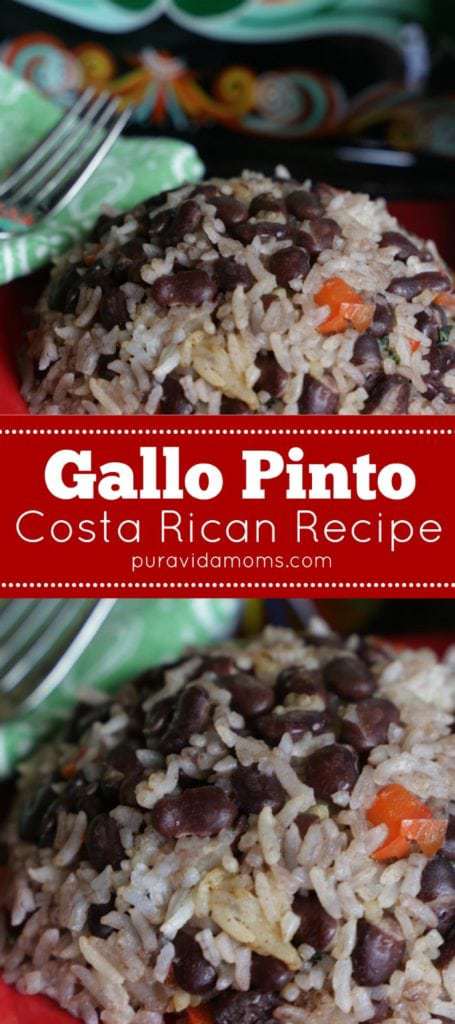
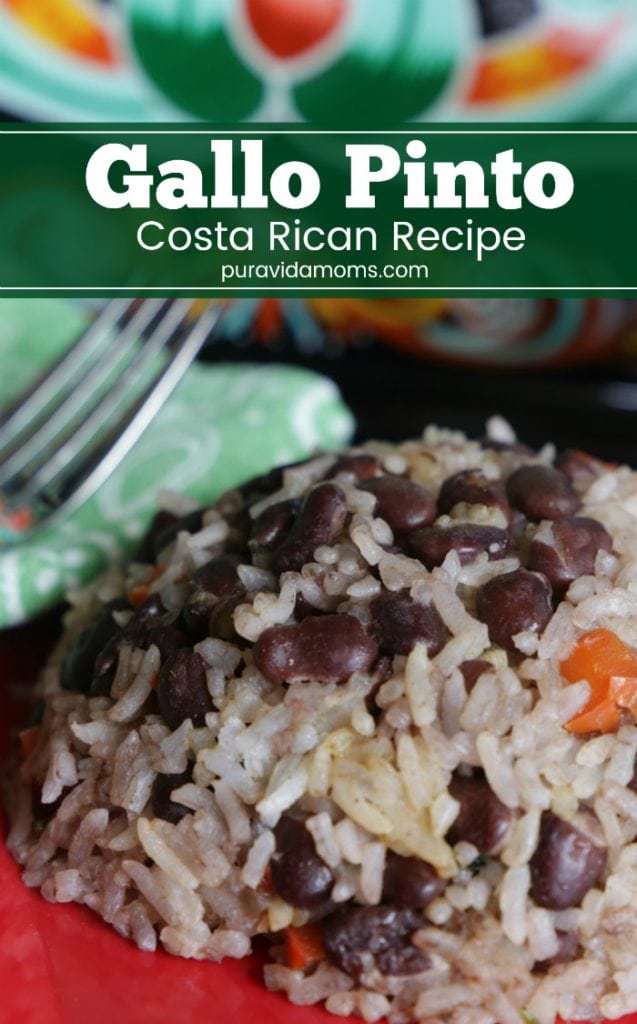

Christa Jimenez
Welcome! I’m Christa, a Spanish teacher married to a handsome Costa Rican and mother of two bilingual daughters. We’ve spent over 25 years living in and traveling to Costa Rica with our daughters, and this website is my love letter to all things Costa Rica- and to bilingual parenting too. You can read my full story here. Thanks for stopping by!


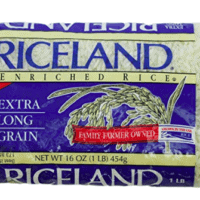
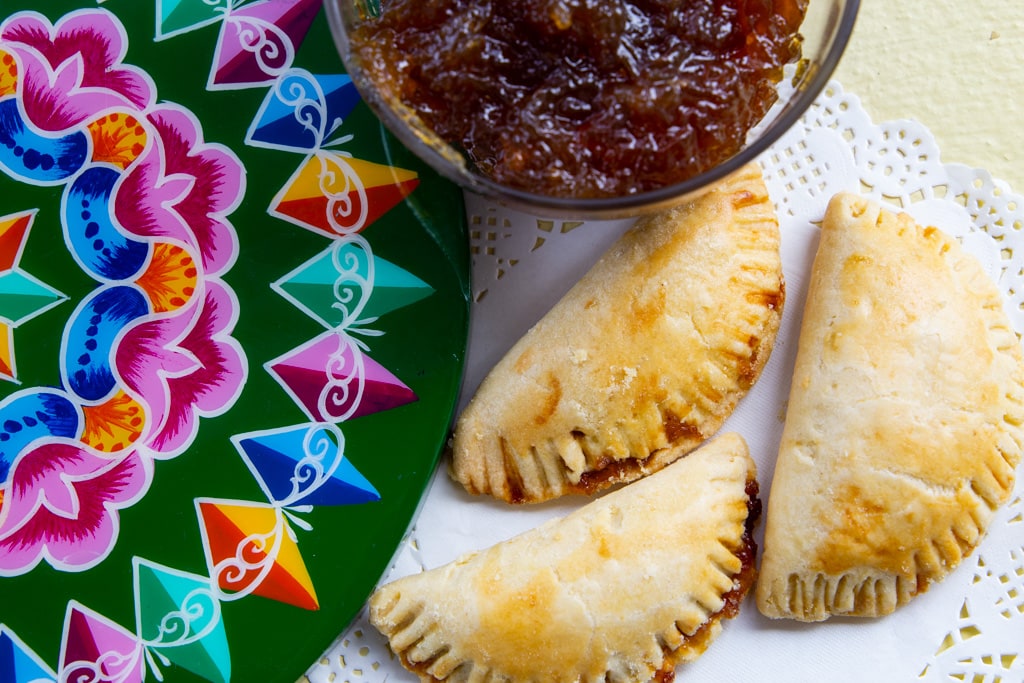
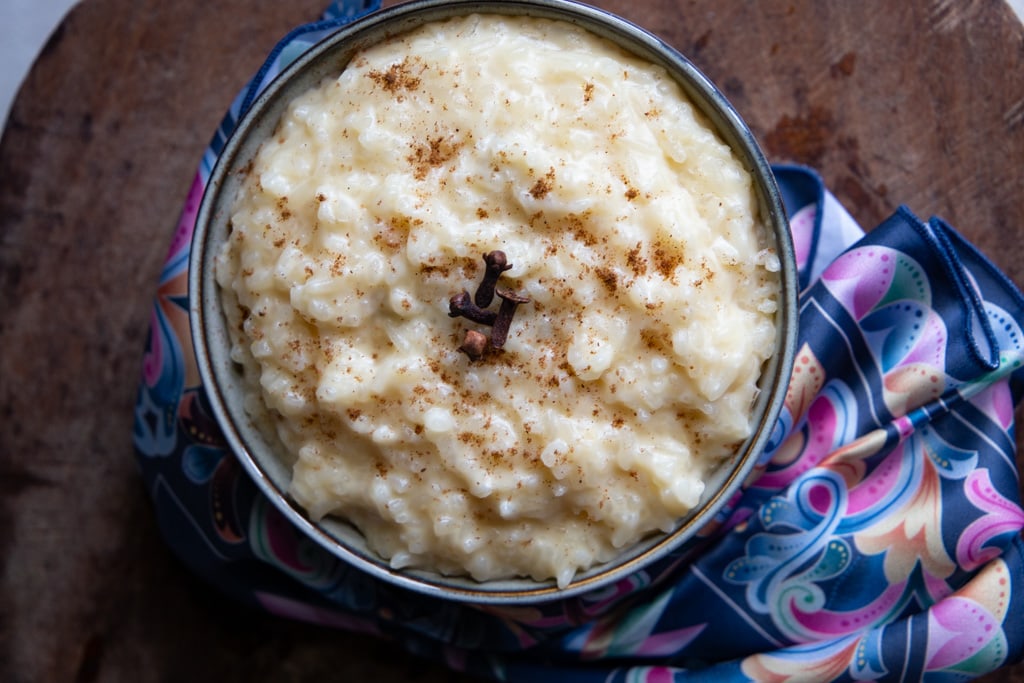
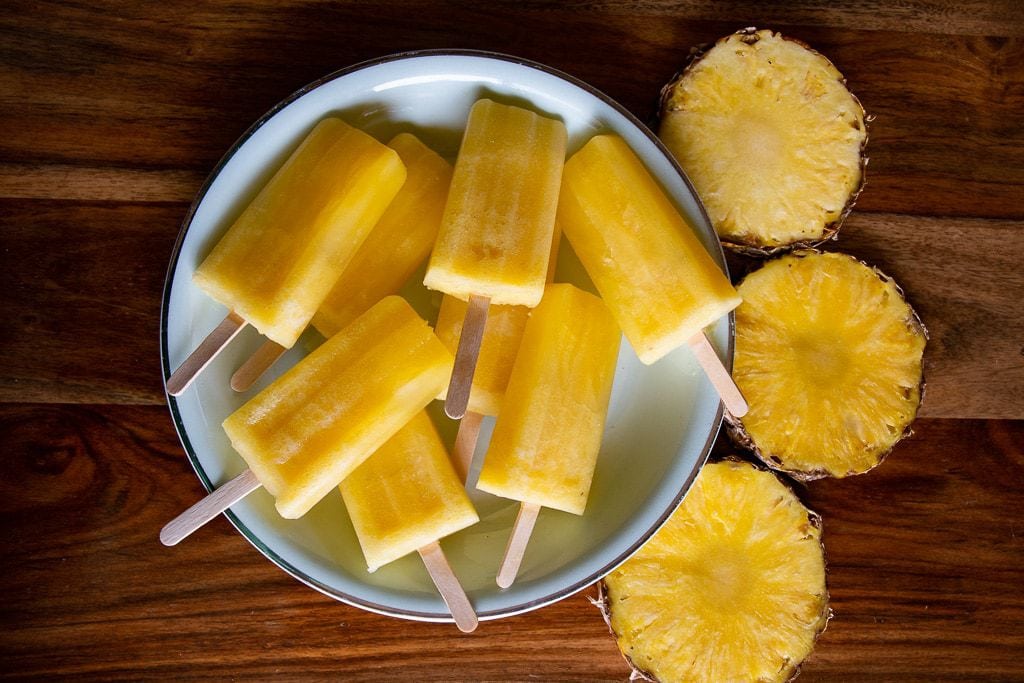
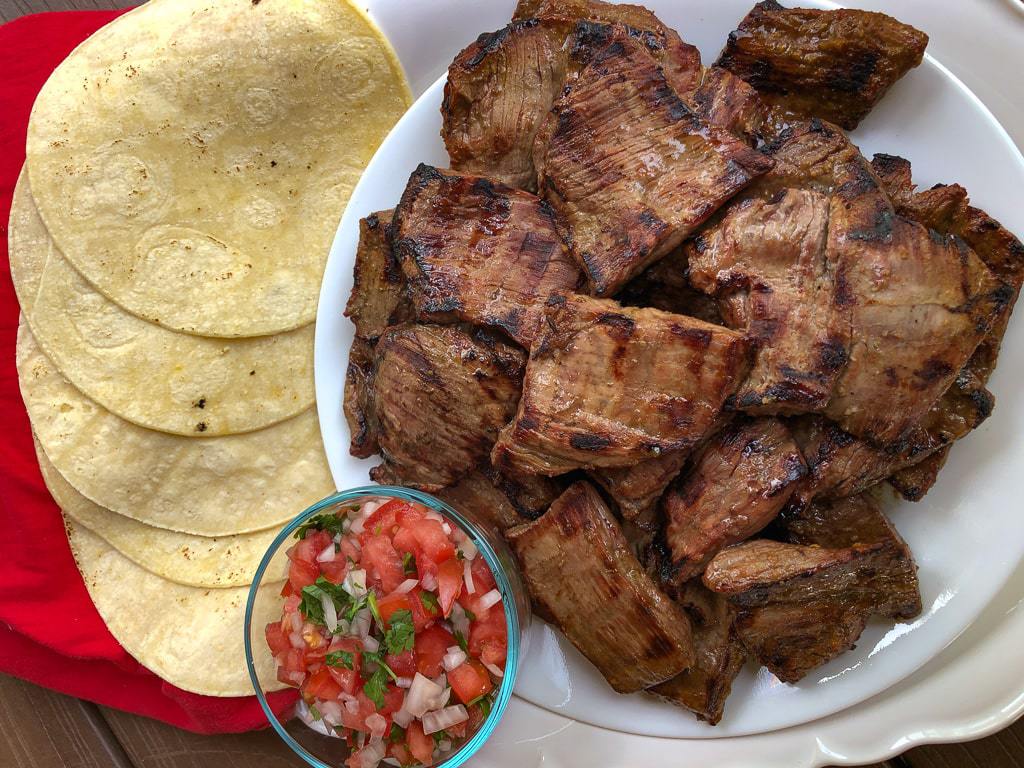
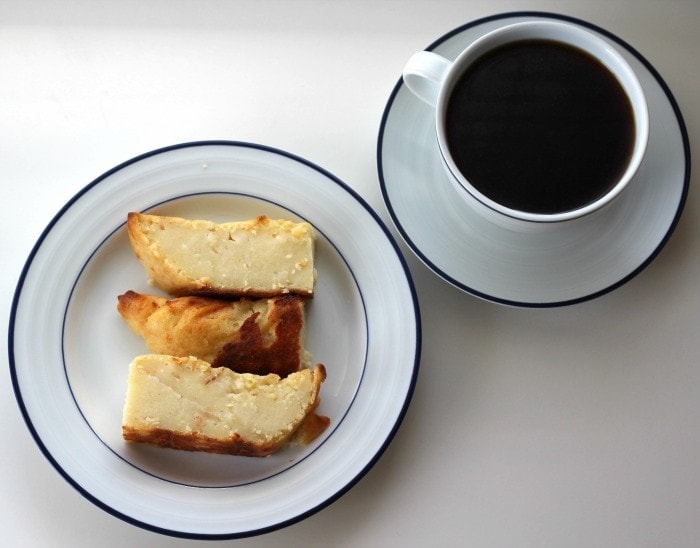
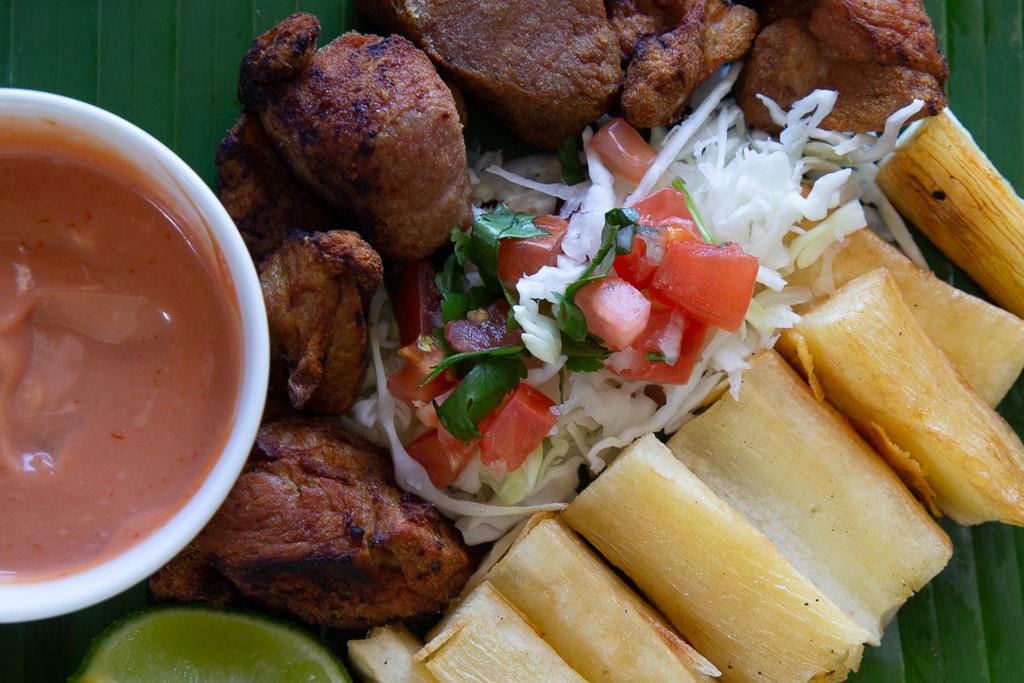

I am so sorry your husband was scandalized by the addition of garlic. My reference for Gallo Pinto is a Costa Rican book, “Comidas y Bebidas Tipicas de Guancaste,” by Guillermo Garcia Murillo. Traditional ingredients include butter and garlic (and lots of it, 4 chopped cloves to be exact). Perhaps Ticos outside of Guancaste Province prefer their Gallo Pinto without garlic, but I prefer the garlic.
Hi William! Yes- might be a Guanacaste thing, and might be a Murillo thing. I have eaten a lot of pinto throughout the country in the last 20 years, and I would say most of it is sans garlic. But- the great thing about pinto is you can make it how you like it! I’m with you- I like a little garlic unless it’s for breakfast. Thank you for commenting! ~Christa
This was sooooo goooood!!! I traveled to Costa Rica to visit friends in high school and loved eating gallo pinto! My dad still puts Lizano on everything to this day! Perfect recipe. Couldn’t get queso blanco (nor could I really go to the store due to covid19), so I used Swiss cheese and it actually worked great! My whole family devoured this and it made my heart happy! Got to remember old memories and make new ones ? thank you! And ¡PURA VIDA!
You made my day! My dad still puts Lizano on everything too- it’s so funny. Yeah queso blanco is tough- sometimes I use queso fresco and it’s sort of similar, but not the same. I wonder if I could make queso fresco at home? That’s a thought for after the crazoness dies down.
Your comment made my day- thank you so much! Pura vida! XO ~Christa
We are in Costa Rica right now and I just made your Gallo Pinto. I make it at home too but it tasted so much better here!! Topped with fried eggs – delicious 🤤
Oh that sounds perfect! Pura vida! ~Christa
i am from costa rica and i love pinto so thank you!
I am so glad! Pura vida! ~Christa
Quick question. do you tend to cook your beans and rice the day before? I’m a fellow lover of Costa Rica and lived there as a student. My host mom usually does the beans and rice the day before. I didn’t know if you maybe did something else that also worked for you!
Hi Erin! So I usually cook a big batch of beans that hang around for a few days. They turn into gallo pinto, the casado beans and usually at the tail end a bean dip or the filling for bean empanadas or bean and cheese empanadas. For the rice- there’s usually some hanging around from the day before dependig on how much everyone eats. I think the gallo pinto tastes better with day old rice and beans, but- not everyone here in the US eats rice and beans as much as we do in CR! So then people tend to make them before making the pinto. The point of pinto though, is to use the leftovers for breakfast. Anyway- I pobably made that too long of an answer but I just loved you question so much! Pura Vida! ~Christa
We lived in CR for 15 months and I miss the simple but delicious food. I just bought Tamarind Pods to make Juice, found the recipe on your blog, and started looking around at my other favorites. Now I’m really excited to try new recipes you have here that I’ve never made!
Since we returned to the USA, we buy our Salsa Lizano from eBay- always seems to come via FL (which kind of makes sense).
I can’t wait to hear how your juice comes out! Pura vida! ~Christa
Pinto pinto pinto! Can’t wait to make this! Thank you for the guidelines. Pura Vida!
It says toss with the spices and oil. I’m asking you, what spices? And what is salsa lizano?
The spices are the chopped vegetables. Here is an article about Salsa Lizano. https://www.puravidamoms.com/what-is-salsa-lizano-from-costa-rica/
What spices?
Garlic, onion, red pepper and cilantro.
Thanks for the recipe and thee site. I was born in Costa Rica in 82, was adopted by a Canadian couple in 93 and have not been back since.
I miss the food the most. I still remember the yummy tastes and how much I loved eating traditional gallo pinto, arroz con pollo, home made rice pudding(arroz con leche?) My spanish is horrible, I hate to admit. Mangoes, guavas, cocconut, fresh fruit juice, the list goes on and on. Fried Yucca. OMGOODNESS!!! There are so many foods. I hope to be back one of these days. Thanks again. ¡Pura Vida!
Cinthia thank you for sharing your story! I totally agree with you on the food (obvi haha!). I hope you can go back soon.
I just got back from my first trip to Costa Rica and this is the real deal. I”m not a mom but found this site searching for Picadilo de Choyote recipes. Can’t wait to try this, I never got sick of the Gallo Pinto and it was basically the same wherever I went.
What a country. I fell in love. Can you imagine if every country decided it was better for their people and their economy to fully commit to renewable energy, green space, and wildlife protection? And hey, throw in some health care too.
I’m so glad you found the site and that it is helpful. And I totally agree- head over heels in love with Costa Rica! ~Christa
Do you have a preferred rice that you use? My son is dating a gal from Costa Rica and she enjoys cooking. I’m looking for a few of these ingredients that I can order that would be commonly used in Costa Rica. I’ve got Lizano but are there rice brands that would be common and available to order on an Amazon type platform here in the US?
I always use thai Jasmine rice and ticos love it! Pura Vida! ~Christa
Hi Christa! Thank you for sharing your recipe. We also live in gaunacaste. Can you please tell me where you find Thai jasmine rice please? Thank you 🙂
Hi! I haven’t used Thai Jasmine rice in Costa Rica, I just use what they sell at the supermarket- the local rice. When I’m in the States I use the Thai Jasmine because it’s the closest I’ve found to the Costa Rican traditional rice it’s so easy to get down there! ~Pura Vida!
Do you have a recipe for how you make your black beans?
Yes! https://www.puravidamoms.com/costa-rican-style-slow-cooker-black-beans-recipe/
I will be using canned black beans. Do they need to be cooked the day before? The rice is already done but figured since the beans are canned and no need to soak them…. Thanks
Hi! With canned beans no need to cook or heat- you can just add them cold. Let me know how it turns out. Pura vida! ~Christa
Thank you for this recipe! it was a homerun for the entire family!.
I am SO GLAD! Pura vida!
the recipe and explanation is fine, I just don’t agree with the garlic, all of us Ticos add garlic to almost everything, including Pinto, it’s also more common to call it pinto! Gallo pinto is from Nicaragua
Hi Ale! Thanks for commenting. I disagree on the garlic in gallo pinto- and I did a lot of research on this before publishing. And you are the first tico I’ve heard that says gallo pinto is Nicaraguan! It is common to call the dish pinto when speaking colloquially, but the actual name is gallo pinto. Pura vida! ~Christa
I, too, was confused by the mention of spices. None of the ingredients in this recipe is generally considered to be a spice. The closest is cilantro but it is an herb. I have now edited my copy by replacing “spices and oil” with “sofrito”.
I made the recipe last night, following exactly. It was very, very good, and easy to make. I will be making it again.
Thank you!
Hi Anne!
I go back and forth on this because I just said “sofrito” before but found that people were just skimming the recipe and then writing me that they didn’t know what sofrito was. So then I said vegetables, but people said that was also confusing. So I went back to spices as the original copy… you can see where this is going. 😂 I’m happy for any additional ideas on this! I’m glad it was delicous though.
Christa
We just visited Costa Rica for the first time and LOVED it! Such a beautiful place. We fell in love with this dish and I can’t wait to try it. If I use canned beans do they need to be rinsed first? Or, can the liquid in the canned beans be used as the bean broth? I will also try your black bean recipe but wanted to try with canned beans first. Thanks so much! Pura vida!!
Hi Cory!
We make it with canned beans all the time and I honestly cannot tell the difference. We don’t rinse but we separate the beans from the liquid and then use the bean broth sparingly until we get the right amount. The ratio to bean broth and beans isn’t exactly right using a standard 14.5 ounce can of beans. I hope that makes sense.
Christa
I recently went to Costa Rica over the summer and had this with pineapple and platanos for almost every breakfast! I made this for a potluck for my Spanish class (we were curating menus from a Hispanic country and bringing food on the menu), and everyone loved it! it was also by far the best gallo pinto I have ever had, and I will definitely make it again
Hi Muriel! This makes me SO HAPPY! Pura Vida! ~Christa